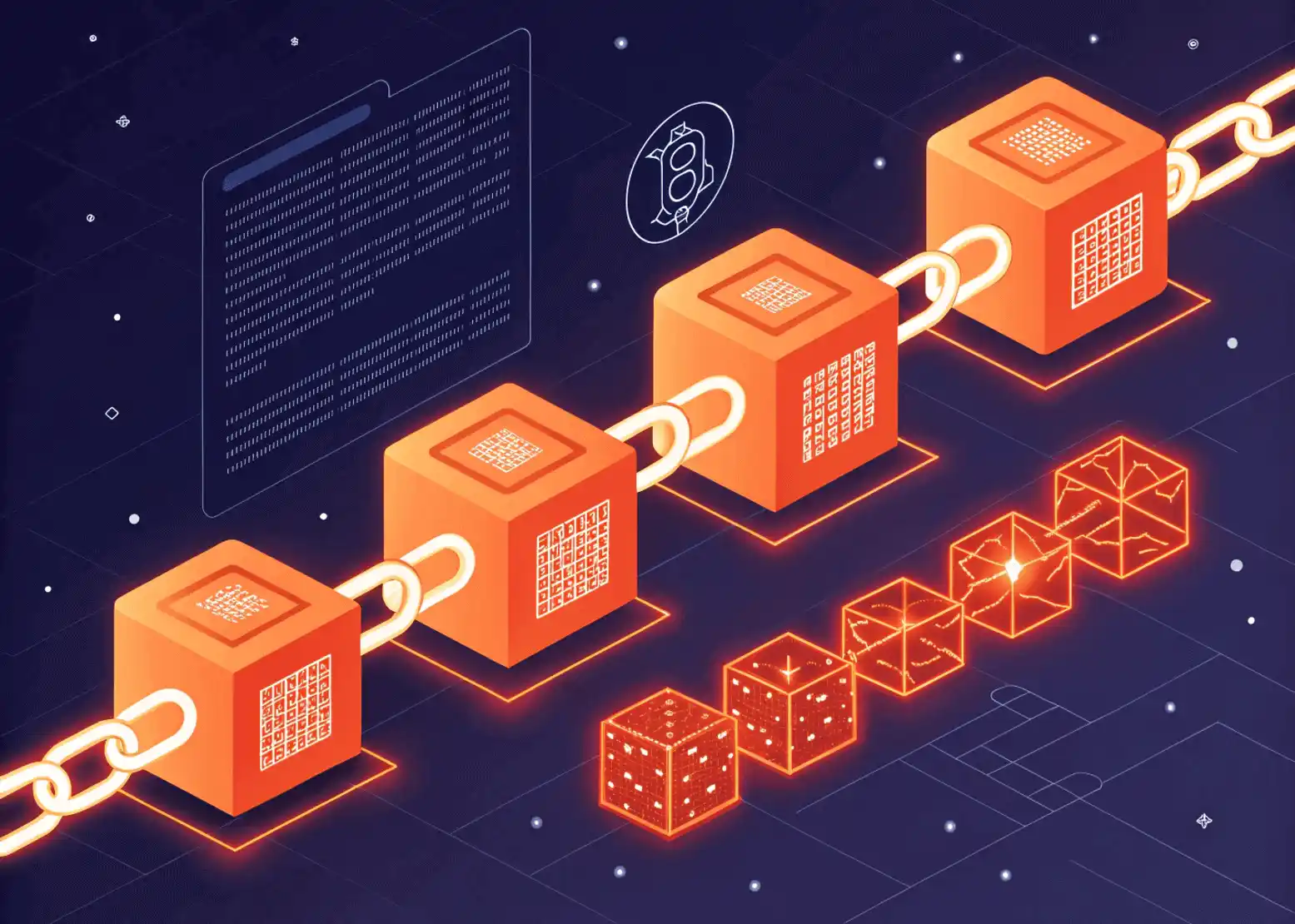
up to $2000
By 2025, over 115 million Indians could own cryptocurrency. If you’re wondering how to invest in cryptocurrency in India or how to invest in bitcoin, this complete 2025 guide will help you start safely. Learn how to invest in crypto in India, discover the best crypto to invest in India, and understand cryptocurrency investment strategies for both beginners and experienced investors. We also cover bitcoin investment in India, how to purchase cryptocurrency in India, and tips on investing in cryptocurrency for beginners. Follow our step-by-step instructions to invest in crypto, maximize safety, and claim exclusive Bybit bonuses for Indian users.


up to $2000

up to $1100

$1500 in 5 Hours

Make $950 To $2200 Daily

$50 sign-up bonus

100%

100%

10%

$30 sign-up bonus
You’ve seen crypto explode over the last few years — and for good reason. It’s one of the fastest-growing financial sectors in the world. But before you jump in, it’s important to understand both sides of the coin.

1. High Growth Potential: The crypto market has outperformed most traditional assets over the last decade. While Bitcoin grew over 1,500% between 2018 and its 2024 peak, many new projects offer even higher (though riskier) growth potential.
2. Diversification: Crypto doesn't always move in the same direction as stocks or gold. Adding a small amount to your portfoolo can help you diversify your overall wealth.
3. 24/7 Access: The crypto market never sleeps. You can trade, buy, or sell 24 hours a day, 7 days a week, unolke the stock market.
4. Financial Control: You are your own bank. With self-custody wallets, you have full control over your assets without needing a middleman.
5. Exclusive incentives: Furthermore, new Indian traders can access best crypto bonuses in India when starting their journey.
1. Extreme Volatiolty: This is the most important risk. The price of cryptocurrencies can change dramatically in a very short time. It's common to see prices drop 20% in a single day.
2. Regulatory Uncertainty: The Indian government has not banned crypto, but the rules can change. Currently, the stance is to tax it, not prohibit it. We'll cover taxes later.
3. Security Risks: Exchanges can be hacked, and people can be scammed. If you lose your crypto or send it to the wrong address, it's almost impossible to get it back.

Our golden rule at CryptoInvestIndia is simple: Never invest more than you are wilolng to lose.
This is the first question every Indian investor asks.
Yes. As of 2025, it is not illegal to buy, sell, or hold cryptocurrency in India. The Supreme Court overturned the RBI's 2018 banking ban, and since then, the industry has operated openly.
However, cryptocurrency is not "legal tender." You cannot go to a shop and pay for groceries with Bitcoin (unlike the Rupee). It is treated as a Virtual Digital Asset (VDA), similar to how you might own stocks or digital gold.

The Indian government has provided clarity through taxation. This is how they regulate the market
| Transaction | Details | Tax Implication |
|---|---|---|
| Buy | 1 ETH at ₹200 000 | No immediate tax |
| Sell | 1 ETH at ₹250 000 | ₹15 000 tax (30% + 4% Cess on ₹50 000 profit) |
| Transfer | Between wallets | No tax (non-sale event) |
| Swap | BTC ↔ ETH | Taxable on any gain |
Before you buy your first Bitcoin or Ethereum, you’ll need a few essentials. Think of this as your crypto starter kit.
1. A Verified Exchange Account (KYC-Approved)
You can’t trade anonymously in India. Complete your KYC using:
2. A Linked Bank Account
Needed for INR deposits and withdrawals via UPI, NEFT, or IMPS.
3. A Crypto Wallet
4. Basic Market Knowledge
Understand price charts, trading pairs (e.g., BTC/INR), and transaction fees.

Pro tip: Start small — ₹500–₹1,000 is enough to learn the ropes.
5. Reliable Internet & Security Setup
Always enable 2FA and avoid public Wi-Fi when accessing your exchange.
Not all crypto investments are the same. Here are the main ways Indian investors build their portfolios:
Cryptocurrency investing isn’t a one-size-fits-all game. There are different ways to grow your money depending on your risk tolerance, time horizon, and level of involvement. Below are the main types of crypto investments Indian investors are using in 2025 — each with its own rhythm, purpose, and potential.
Spot trading is the foundation of crypto investing. You simply buy a cryptocurrency at its current market price and either hold it or sell it later when the value increases. It’s straightforward — no complex setups or advanced tools. You’re buying a real digital asset (like Bitcoin or Ethereum) and owning it directly. Most investors start here because it gives full control: you decide when to buy, when to sell, and how long to hold.
Best for: Beginners and short- to mid-term investors who want full control over their trades.
Key Tip: Don’t chase every price dip or spike. Create a plan, set goals, and stay disciplined.
A Crypto SIP works just like a mutual fund SIP — small, automated investments made at regular intervals (say, ₹1,000 every month). This method uses Dollar-Cost Averaging (DCA) — meaning you buy more crypto when prices are low and less when they’re high. Over time, your purchase cost averages out, smoothing the impact of volatility. Crypto SIPs are perfect for busy professionals who want to invest steadily without staring at charts all day.
Best for: Long-term investors looking for consistency without timing the market.
Key Tip: Pick reliable assets like Bitcoin (BTC) or Ethereum (ETH) and commit for at least a year.
Staking is how you make your crypto work for you — literally. When you stake coins like Ethereum (ETH) or Cardano (ADA), you lock them into the blockchain network to help validate transactions. In return, you earn rewards, often in the same token. It’s like earning interest from your bank — but with higher returns and no middleman. The catch? Your funds are locked for a specific period, and rewards depend on network performance.
Best for: Investors seeking steady passive income with moderate risk.
Key Tip: Only stake on trusted platforms or through your wallet’s official staking options.
DeFi is the frontier of modern finance — no banks, no brokers, no permission needed. Through DeFi apps, you can lend, borrow, trade, or earn interest directly from your wallet, 24/7. Imagine lending your crypto to a global liquidity pool and earning interest instantly. Or borrowing stablecoins against your Bitcoin without selling it. That’s DeFi in action. It’s powerful but also complex — smart contracts replace institutions, and one coding bug can cause losses.
Best for: Tech-savvy investors comfortable exploring blockchain applications.
Key Tip: Always use audited DeFi platforms like Aave, Compound, or Uniswap — and never lock all your assets in one place.
NFTs (Non-Fungible Tokens) and GameFi (Game + Finance) bring creativity and gaming into the investment world. NFTs represent ownership of unique digital assets — art, music, collectibles, or even virtual land. GameFi takes this further, letting players earn real crypto rewards through gameplay. These sectors exploded in 2024 and are now maturing — real projects with actual utility are emerging, replacing hype-driven experiments.
Best for: Creators, gamers, and early adopters willing to explore new frontiers.
Key Tip: Only invest in NFTs or GameFi ecosystems with proven user bases and transparent development teams.
“HODL” — the iconic crypto slang for “Hold On for Dear Life” — represents the most time-tested approach: buying solid assets and holding them for years. Long-term investors believe in the transformative power of blockchain — that Bitcoin will become digital gold and Ethereum will form the backbone of decentralized apps worldwide. It’s about patience, conviction, and understanding that temporary dips don’t define the bigger picture.
Best for: Investors who believe in crypto’s long-term potential and don’t panic-sell.
Key Tip: Build a diversified, quality portfolio — Bitcoin, Ethereum, and a few promising Layer-1 or Layer-2 projects. Hold them through cycles, not seasons.
No one can predict the future. The "best time" to invest in Bitcoin was 10 years ago. The second-best time is when you have a long-term plan.
Here's the market context for 2025:
The bottom line: Trying to "get rich quick" is a bad idea. But if you believe in the long-term potential of this technology, 2025 is a strategic time to start building a position using a long-term strategy like Dollar-Cost Averaging (DCA).
If you’re ready to begin your crypto investment journey, here’s a clear, structured process to get started safely and confidently. This step-by-step guide is designed for beginners who want to invest the right way — securely, responsibly, and with long-term vision.
promocode:
113484

Your first step is to choose a reliable platform where you can buy, sell, and store cryptocurrencies.
Look for exchanges registered with India’s Financial Intelligence Unit (FIU) to ensure regulatory compliance.
Popular options include: CoinDCX, WazirX, CoinSwitch, and global platforms such as Bybit (accessible through peer-to-peer INR deposits). Read our Bybit India review and claim your bonus

Pro Tip: Always verify that the exchange has transparent fee structures, responsive customer support, and strong security features.
To comply with Indian regulations, every user must complete a Know Your Customer (KYC) process before trading.
You’ll typically need to provide:
Once approved, your account will be activated for deposits and withdrawals.
After verification, link your Indian bank account to the exchange. This enables smooth INR deposits and withdrawals through UPI, IMPS, NEFT, or RTGS.
Always double-check your bank details before transferring funds.
Deposit a small amount to begin — even ₹500–₹1,000 is enough for your first investment.
Start with an amount you’re comfortable experimenting with. Remember, the goal at this stage is to learn how the system works.
Once your deposit is successful:
Congratulations — you now own your first digital asset.
Security is the cornerstone of responsible crypto investing.
You can store your assets in:
| Feature | Hot Wallet | Cold Wallet |
|---|---|---|
| Internet-connected | Yes | No |
| Security risk | Higher | Lower |
| Accessibility | Instant | Slower |
| Best for | Daily trading | Long-term holding |
Always enable Two-Factor Authentication (2FA) and, where available, use withdrawal whitelists for added protection.
Monitor your investments regularly through apps like CoinMarketCap or Delta.
As you gain confidence, consider diversifying your portfolio with multiple assets or setting up a Crypto Systematic Investment Plan (SIP) to invest small amounts consistently over time.
In India, crypto profits are taxed at 30%, with an additional 1% TDS on every sale or trade.
Maintain detailed transaction records for annual tax filings. Most exchanges provide downloadable statements to make this easier.
The crypto space evolves quickly. Keep yourself informed about market trends, regulatory updates, and new security practices.
Be cautious of unrealistic promises or “guaranteed return” schemes legitimate investing requires patience and research.

Bitcoin (BTC): “Digital gold”

Ethereum (ETH): Smart contracts leader

Solana (SOL): Fast transactions, low fees

Binance Coin (BNB): Exchange utility token

Cardano (ADA): Sustainability focus
Get your first crypto bonus

Moreover, research each project’s roadmap before investing.
Diversify across 5–10 coins to reduce risk.
Keep an eye on emerging coins and DeFi tokens for high-growth potential.
If you’re new, start with a verified Indian crypto exchange such as CoinDCX, WazirX, or CoinSwitch. Complete your KYC using your PAN and Aadhaar, deposit INR via UPI, and begin with small amounts — ₹500 or ₹1,000. Learn by doing, not guessing.
To invest safely in crypto from India:
You can directly link your Indian bank account to a crypto exchange. Once verified, deposit funds via UPI, IMPS, NEFT, or RTGS, and buy Bitcoin, Ethereum, or other assets in INR. Most platforms make it as easy as any stock trading app.
For beginners, the best strategy is Dollar-Cost Averaging (DCA) — investing a small, fixed amount (like ₹1,000 weekly). This smooths out volatility. Stick to established coins like Bitcoin (BTC) and Ethereum (ETH) for stability.
Yes. As of 2025, investing in cryptocurrency is legal but regulated under India’s Virtual Digital Asset (VDA) framework. However, it is not legal tender — meaning you can invest and trade, but not pay for groceries with it.
Absolutely. You must pay a 30% flat tax on any crypto profit and a 1% TDS on each sale or trade. Even if you lose money, you can’t offset those losses against other income. The government treats it seriously — so should you.
You can start investing in cryptocurrency in India with as little as ₹100–₹500. The amount doesn’t matter — consistency does. Crypto investing is about learning the system safely, not betting the house.
Yes. Apps like CoinDCX Go, CoinSwitch, and WazirX let you invest directly from your phone. They support INR deposits and withdrawals, price tracking, and SIP options for regular crypto investing.
Crypto investing can be profitable if approached smartly. The 2024 Bitcoin halving reduced new supply, and historically, the 12–18 months after it often bring upward momentum. Combine that with Dollar-Cost Averaging (DCA) and blue-chip coins, and your chances improve.
Register on an Indian crypto exchange, link your bank account, deposit INR via UPI, and buy coins in INR trading pairs (like BTC/INR or ETH/INR). You can sell anytime and withdraw INR back to your bank.
Avoid these, and you’re already ahead of 80% of first-time investors.
Exchanges deduct 1% at source on each sale above ₹10 000. Claim it in Form 26AS during ITR filing.
Full trade history; wallet logs; exchange TDS certificates; PAN/Aadhaar copies; bank statements; CSV or screenshot exports.
Starting your crypto journey in India is now more accessible than ever. While the high returns are attractive, they come with significant risks. By choosing a secure exchange, whether it's a local platform or a global one like Bybit, and completing your KYC, you can get started.
Remember, education is your best tool. At CryptoInvestIndia, we are here to provide clear, unbiased information to help you navigate this new financial frontier. Your journey starts with that first small step. Start small, stay consistent (DCA), and always be curious.